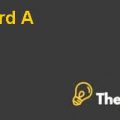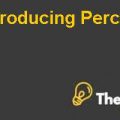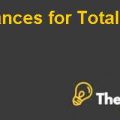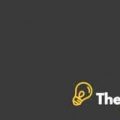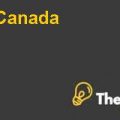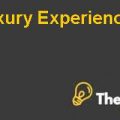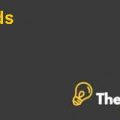Introduction:
Midland Corporation is operating under energy industry through its three departments, namely; exploration and production, refining and marketing, and petrochemicals.
Its financial strategy in 2007 is based on four pillars and those are given below.
- It invests funds overseas extensively; it uses to invest overseas with the help of the partnership arrangement with government or other local businesses.Its 77% earnings are generated from overseas operations.
- Its another strategy is to invest in its departments that has value creating projects (positive NPV).
- It uses to change its capital structure according to the returns and funds requirements of the projects in its individual divisions.
- It had a strategy to repurchase its stocks at the time they were undervalued. The company keeps an eye on its stock price and whenever they find that they were undervalued then they used to buy it from the open market.
Before going through any project, it needs to know about the cost of equity, cost of debt and weighted average cost of capital of its current gearing and targeted gearing targets to appraise its investments.The analysis is based on these assumptions and an appropriate discount rate to appraise the investment undertaken by Midland.
Analysis:
The analysis is based on the requirements of Midland’s required returns to undertake any projects for the current years and the future years. These analyses consider current and expected future gearing targets of the company.
Midland’s beta asset:
The beta asset is the systematic risk of an industry that it faces irrespective of its other entity specific risks. The risk is said to be the risk that every entity faces that is operating under that industry (Energy industry in this case), the risk cannot be reduced or eliminated by the entity.
The beta asset for every company in the industry is same, but its beta equity is different on the basis of entity’s specific gearing risks that it faces from raising debt finance. Beta asset and beta equity are same for those companies that are operating through 100% equity finance.
Currently, Midland has 59.3% debt to equity ratio. The company has currently 59.3% of debt as 100% is the value of equity. The company is financed by 37.23% through debt finance and 62.77% through equity finance (appendix 1).
The tax rate is also considered at the time undertaking the equity beta or asset calculation because it represents the tax saving from debt financing. The tax rate for Midland is 40% as specified in the case.
The beta equity of Midland is 1.25 and it incorporates both gearing and systematic risk and if it is ungeared, then the beta asset of the company as well as the energy industry is 0.92 (appendix 1).
Midland’s beta equity based on the target gearing ratio:
Since Midland has its beta asset, it is interested to know about the required return of shareholders if they change their gearing ratio from the current to the target ratio. It has targets to raise the debt and changes its gearing ratio to 42.2% of the debts and 57.8% of the equity investment.
The ratio shows that the company is going to raise extra debts due to the reason of expansion and debt financing is cheaper than that equity financing. The WACC will definitely decline because of the cheaper cost of debt and tax savings to the company on payment of interest to debt holders.
The beta is higher as compared to the current beta equity of the company because the gearing risk is lower in the base case.The beta equity with the targeted gearing ratio is 1.33; the beta equity is higher than that base case, i.e. 1.25 because of high gearing risks as defined above.
High gearing reduces the WACC, but it is not always the case. Sometimes the debt financing is high enough that case the increase in the cost of equity nullify the debt financing effect on WACC or sometimes it increases the WACC in case of higher debt financing. The debt financing must be reasonable that decrease the WACC otherwise it is worthless to take extra gearing risks.
Cost of equity based on the target gearing ratio:
The cost of equity is derived from the Capital Asset Pricing Model (CAPM); it is one of the most appropriate models to derive the cost of equity of a company. The model is based on the market return assumptions and that incorporate both gearing and systematic risk of a company..............
This is just a sample partial case solution. Please place the order on the website to order your own originally done case solution.

